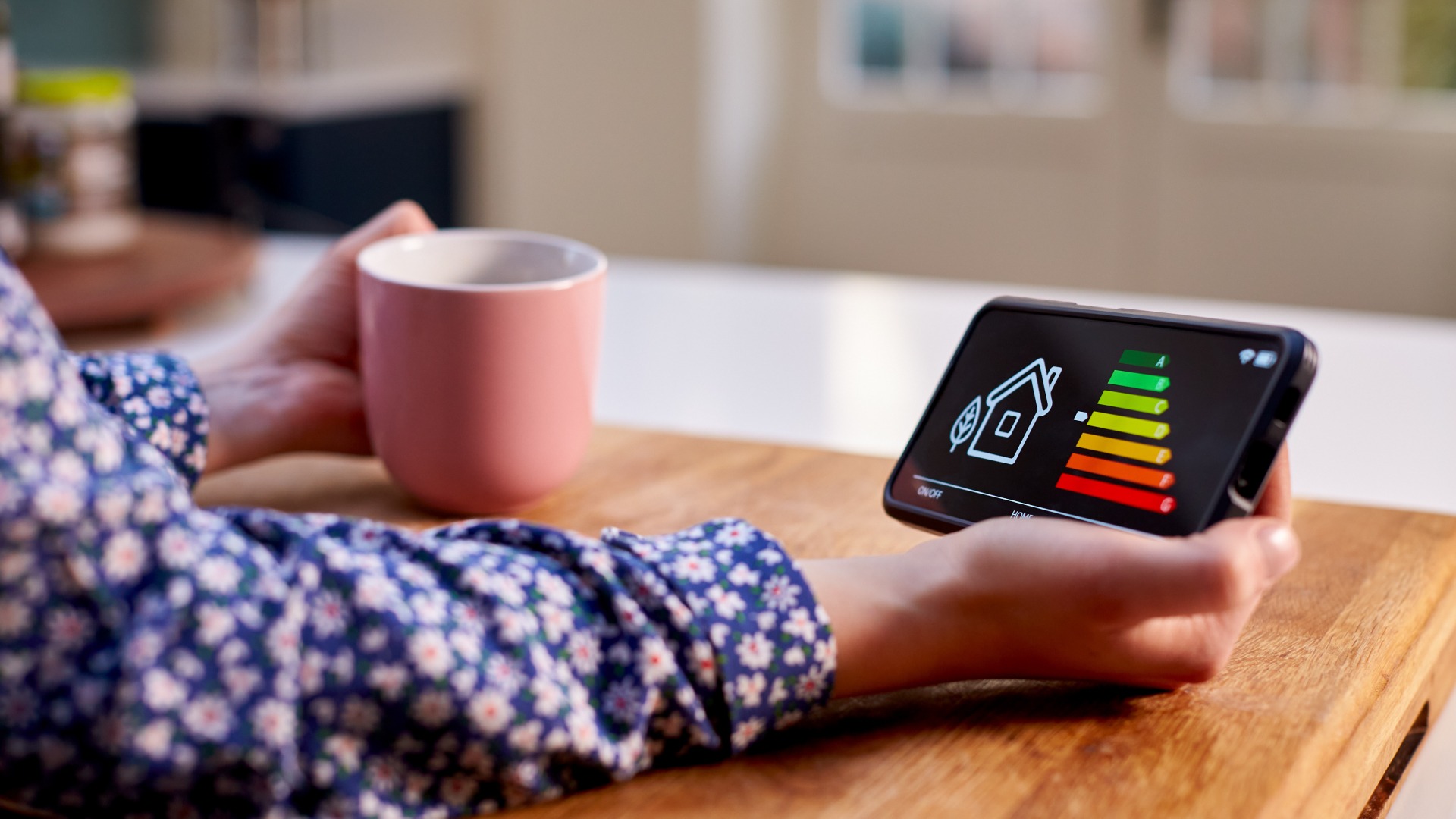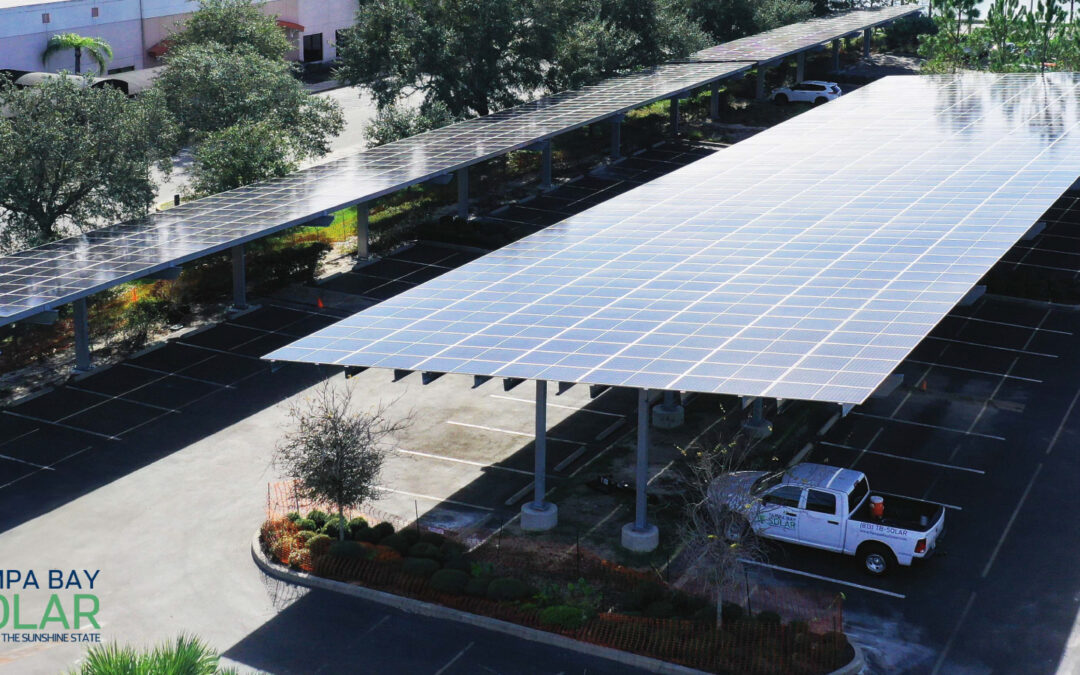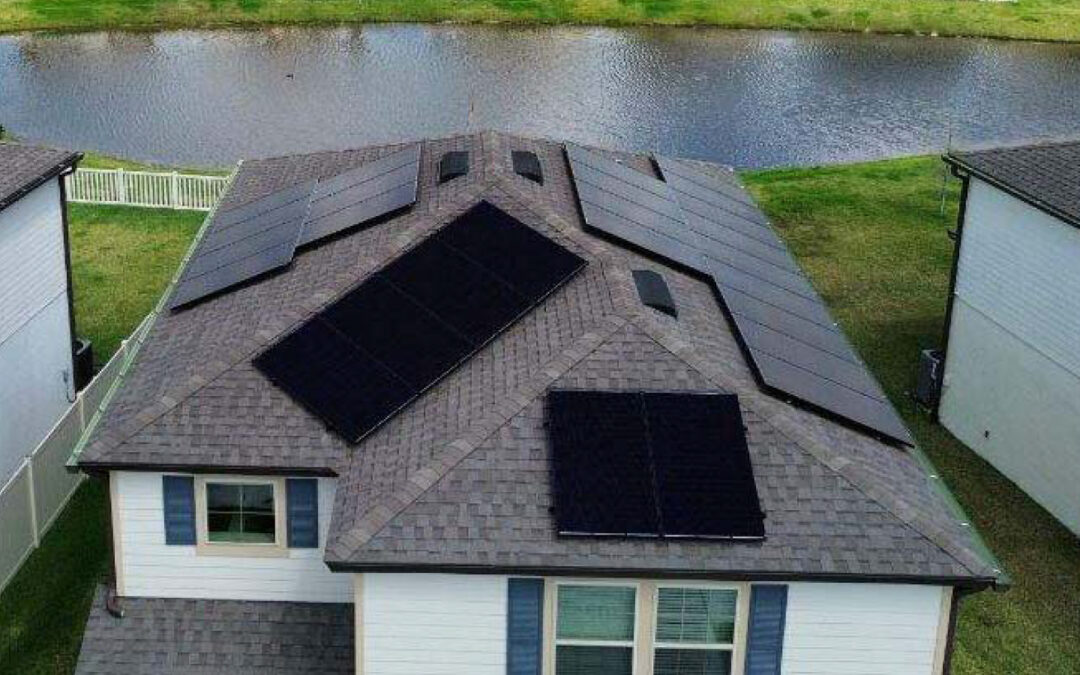How to calculate energy consumption in kWh: Florida homeowners have the power to save money and live sustainably. Understanding your home’s energy consumption is not just a necessity but a tool that empowers you to take control of your energy usage. Whether you’re considering a solar installation or simply aiming for energy efficiency, this awareness can lead to a greener lifestyle and significant savings on utility bills. Utility bills measure energy in kilowatt-hours (kWh) but don’t specify which appliances consume the most power. With some simple steps, you can monitor your energy use, find ways to save power, and be more mindful of your consumption habits.
Step 1: Collect Information About Your Appliances
Start by creating a complete list of all electrical appliances in your home. Include large items like refrigerators and washing machines and smaller devices such as toasters, phone chargers, and light bulbs. Find the wattage for each appliance on a label near the power cord, in the user manual, or on the manufacturer’s website. Note the range of wattages for appliances with multiple power settings, like microwaves. Use an average figure based on similar appliances if you need help finding the exact wattage. This information is crucial for accurately analyzing your energy consumption.
Step 2: Estimate Daily Usage Hours
After listing your appliances and their wattages, the next step is to estimate how many hours each appliance is used per day. This estimation doesn’t need to be exact to the minute but should reflect your typical usage habits. It’s important to remember that your daily routines play a vital role in your energy consumption. Appliances like refrigerators that run continuously should be counted as 24-hour usage, while others like televisions or computers should reflect their average daily operating hours. Observing your daily routine for a few days is beneficial to refine these estimates. The goal is to understand your average energy consumption patterns, considering factors like weekday versus weekend usage and changes in daily routines such as working from home.
Step 3: Convert Wattage to kWh
Once you have the wattage and estimated usage hours, the next step is to convert this data into kilowatts (kW). Since energy consumption is measured in kilowatt-hours (kWh), you’ll need to divide each appliance’s wattage (measured in watts) by 1,000. This conversion is essential for ensuring your calculations align with standard electricity billing and solar power system units. For instance, a 1500-watt space heater converts to 1.5 kW (1500 watts ÷ 1000). Understanding this conversion helps you accurately assess your energy usage and potential savings.
Step 4: Calculate Daily Energy Use
To determine how much energy each appliance consumes daily, multiply its kW rating by the number of hours you use it. For example, if your 1.5 kW space heater runs for 3 hours daily, it uses 4.5 kWh per day (1.5 kW x 3 hours). This calculation applies to all appliances. Add up these values to determine your total daily energy consumption in kWh. This step is important for monitoring and controlling your daily energy usage. It helps pinpoint which appliances use the most energy and highlights areas where you can make energy-saving adjustments.
Step 5: Estimate Monthly Energy Use
To view your energy consumption every month, multiply your daily energy usage by the number of days in the month (using 30 days as a standard). This calculation gives you a close approximation of your monthly energy consumption in kWh. Understanding your energy bill and where your energy expenses originate is crucial. Calculating this figure regularly helps track trends in your energy usage over time, such as higher consumption during colder months when heating needs increase. Understanding these patterns enables you to manage and reduce energy costs effectively.
Tips for Accurate Calculation
- Consider seasonal variations when estimating appliance usage, especially for air conditioners or heaters.
- Be vigilant about standby power consumption from devices that draw energy, often called ‘phantom load,’ even when unused.
- For precise measurements, utilize energy monitors to track individual appliance energy usage.
- Monitor the frequency of use for intermittent appliances such as toasters or vacuum cleaners weekly to establish a more precise daily usage average.
Effective Ways to Reduce Your Energy Consumption
- Consider installing solar panels to decrease reliance on grid electricity, especially in sunny areas.
- Maintain appliances regularly to ensure they operate efficiently, such as cleaning air conditioner filters and defrosting refrigerators.
- Monitor and shift some activities to off-peak hours to lower overall energy costs, understanding peak usage patterns.
- Seal and insulate your home by addressing windows, doors, and ducts to prevent winter heat loss and retain cool summer air, reducing the need for heating and air conditioning.
Why it Matters
Calculating your energy consumption is more than just crunching numbers. It helps you make informed decisions about energy use, potentially saving costs and benefiting the environment. Understanding which appliances use the most energy enables you to adjust your usage or consider upgrading to more efficient models. Accurate calculations are crucial when sizing a solar energy system, as online estimators only give rough estimates. Calculating yourself provides a clearer picture.
Incorporating these steps into your routine provides a clear view of your energy consumption, supporting a sustainable and cost-effective lifestyle. Tampa Bay Solar offers a fantastic energy assessment tool that can monitor and capture your energy consumption to provide greater visibility on your energy usage. For personalized advice, contact Tampa Bay Solar for energy-saving solutions tailored to your needs.





